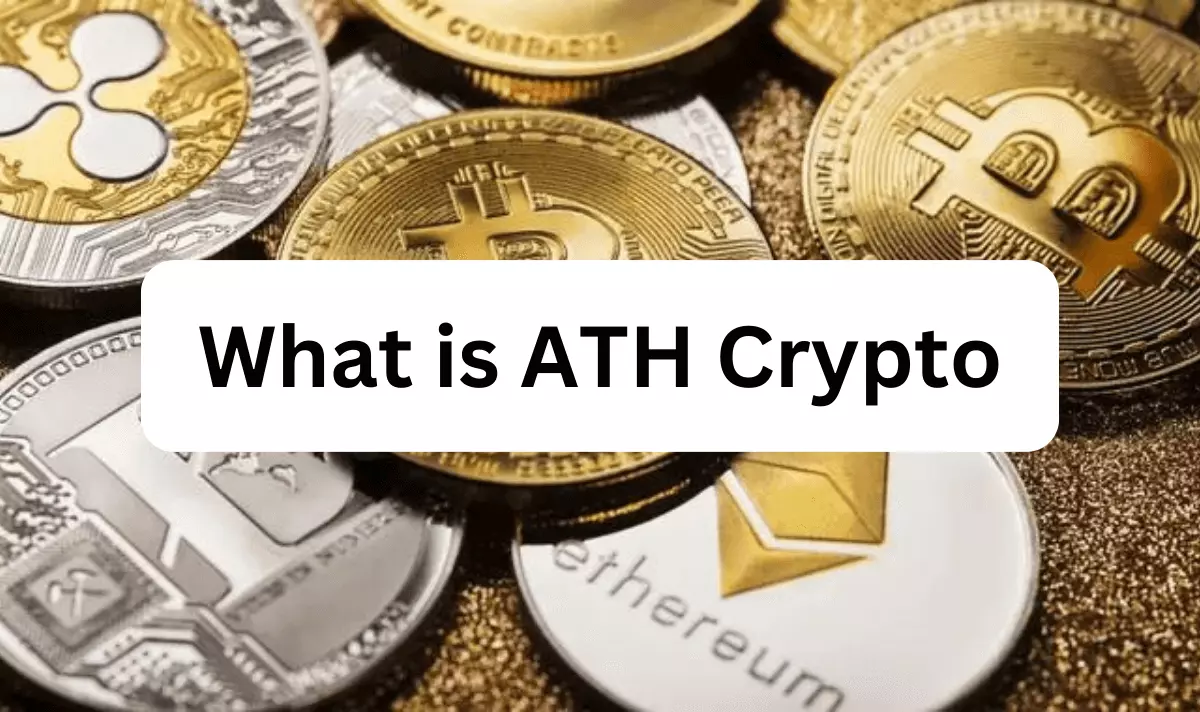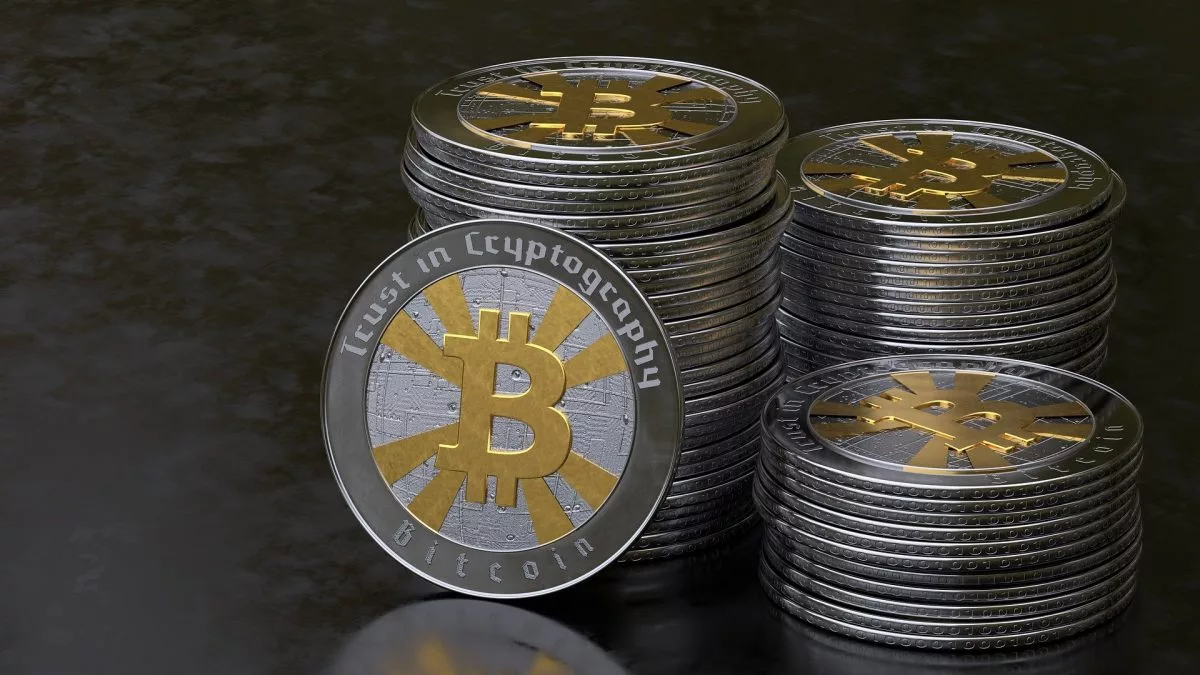
Cryptocurrencies like Bitcoin were created as an alternative to traditional money issued by governments. However, cryptos are now intersecting more with established finance in new ways. Let’s look at some areas where cryptos and conventional financial systems are merging.

Content
Crypto Exchanges
Crypto exchanges let people trade digital currencies for other assets. Many cryptocurrency exchanges now support buying and selling cryptos with fiat money. Fiat money refers to government-issued currencies like dollars and euros. This link to official currencies connects cryptos more to mainstream monetary systems.
Some big crypto exchanges have also obtained regulatory approvals to operate. This makes joining and using them safer as customers get protections like insured accounts. The bigger exchanges now resemble regulated stockbrokers for cryptos with advanced trading options. Their expansion attracted many retail and institutional investors to the crypto space.
Financial Products
New crypto investment products created by regulated financial firms blur sector boundaries. Crypto index funds let traditional portfolios gain crypto exposure without directly holding bitcoin. Derivatives like futures allow trading crypto price movements without ownership. Regulated trusts and investment vehicles also securitize cryptos for institutional allocation.
Banks like Goldman now even offer crypto trading, custody and financing to clients. Some launch their own stablecoins to payments between financial institutions faster. Such evolution grows cryptos appeal across regular market participants beyond tech enthusiasts.
Wall Street Interest
Stories of people becoming rich from bitcoin attracted much Wall Street interest. Major banks study blockchain potential and some crypto potential. About 10% of institutional investors globally may consider cryptos in future. Venture funding into blockchain startups surged.
The first bitcoin futures in late-2017 signified traditional markets embrace. Global crypto market cap topped $2 trillion in 2021, far bigger than many public companies. This scale brought quality blockchain analysis from mainstream consultancies and researchers. Interest continues as cryptos get ever deeper into conventional investing consciousness.
Crypto Finance
Innovative crypto finance lets users borrow against crypto holdings without sale. ‘DeFi’ or decentralized finance also offers lending and earning interest without middlemen via smart contracts on public ledgers. The growth of crypto finance is a new economic layer intersecting with established personal finance habits.
Regulation Catchup
As crypto values and usage ballooned, regulators realized need to catch up. Top jurisdictions like US, UK, EU now provide consistent guidance on crypto regulation. This fosters sector credibility and mitigates risks like fraud or money laundering. Clear laws also let mainstream finance players engage cryptos compliantly and drive further value and adoption.
Consumption using Cryptos
More online stores allow paying with cryptos like bitcoin directly. Big companies issue employee loyalty rewards in tokens. Projects enable direct purchasing of real estate and luxury goods with cryptocurrencies. This shifts cryptos towards becoming full-fledged mediums of exchange utilized across commerce – their intended long-term role intersecting traditional economy.
Unbanked Population Access
Cryptocurrency tools may increasingly serve the vast global unbanked population with no bank accounts or credit history currently excluded from mainstream finance. Peer-to-peer crypto marketplace apps allow direct access even using basic phones. Crypto remittances also cut costs for migrant workers sending funds home compared to major consortium fees. These intersections could redesign financial inclusion worldwide for the disadvantaged as technology spreads.
Inter-Cryptocurrency Trade
Trading between digital coins represents its own sector at the intersection, now worth over $1 trillion annually. Top crypto exchanges rank among world’s largest financial entities by volume. Cross-coin trading delivers price discovery and liquidity within this novel decentralized economy still growing fast beyond any central authority control.
Conclusion
While cryptocurrencies were born counterculture, increased interaction with mainstream systems now drives their evolution. These intersections between decentralized finance innovations and traditional structures expand options available globally. Collaboration rather than conflict may best serve both new and old as technologies mature and more people gain financial access. Benefits ultimately depend on balanced, inclusive growth maintaining individual economic freedoms.

Jeremy is a crypto blog author who has been in the blockchain industry for 3 years. He loves to read and write about cryptocurrencies, blockchain technology, and cryptocurrency news. He is also an avid trader of various digital assets such as bitcoin and other altcoins on various exchanges including Binance, Bitfinex, Kraken, Kucoin etc.






